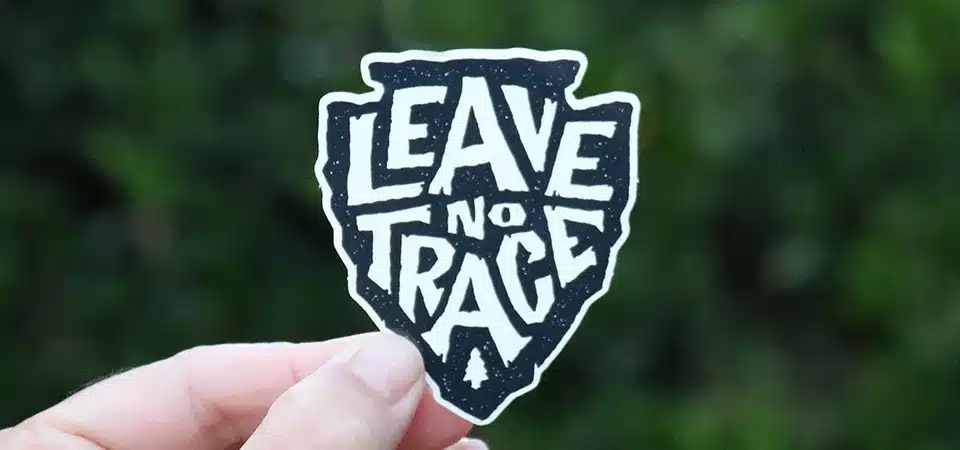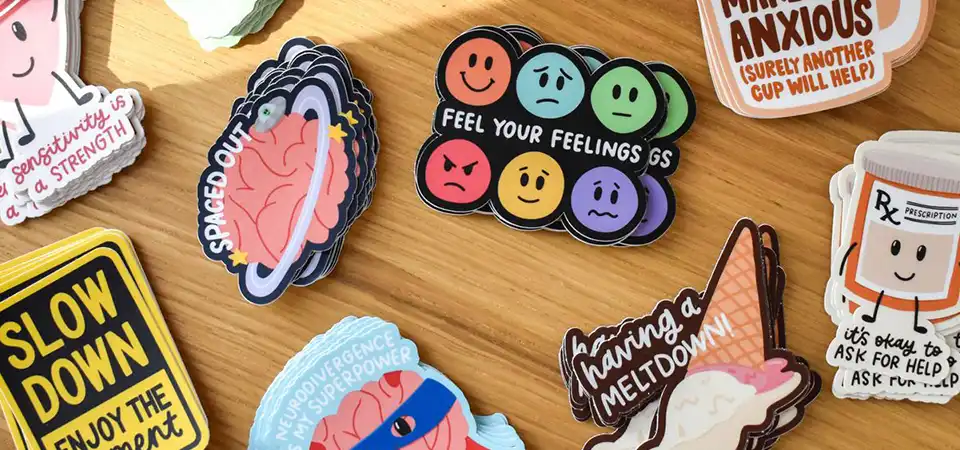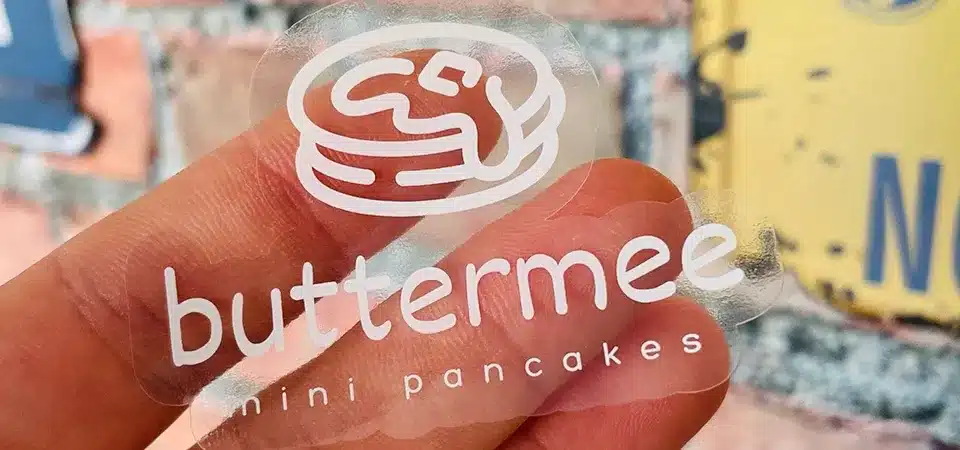You need a graphic for your shop window, but you dread the thought of scraping off sticky glue later. Choosing the wrong product can lead to a mess or a sign that keeps falling off.
The main difference is the adhesive. Stickers use a pressure-sensitive adhesive for a strong, semi-permanent bond on many surfaces. Static clings are adhesive-free and use static electricity to stick only to smooth, non-porous surfaces like glass, making them temporary, reusable, and residue-free.
As someone who prints both of these products every single day, I know how easy it is to get them confused. But the truth is, they are designed for very different jobs. Choosing the right one is the key to getting a result you’ll be happy with. Let's break down the details so you can pick the perfect product for your needs with confidence.
What Are Stickers?
You probably call anything that sticks a "sticker," but they are not all created equal. Using the wrong kind means it might not last, or it could be impossible to remove when you need it to.
Stickers are essentially labels made with a printable face stock, like vinyl or paper, and backed with a pressure-sensitive adhesive. They are designed for a semi-permanent or permanent bond on a wide variety of surfaces, from paper and plastic to metal and wood.
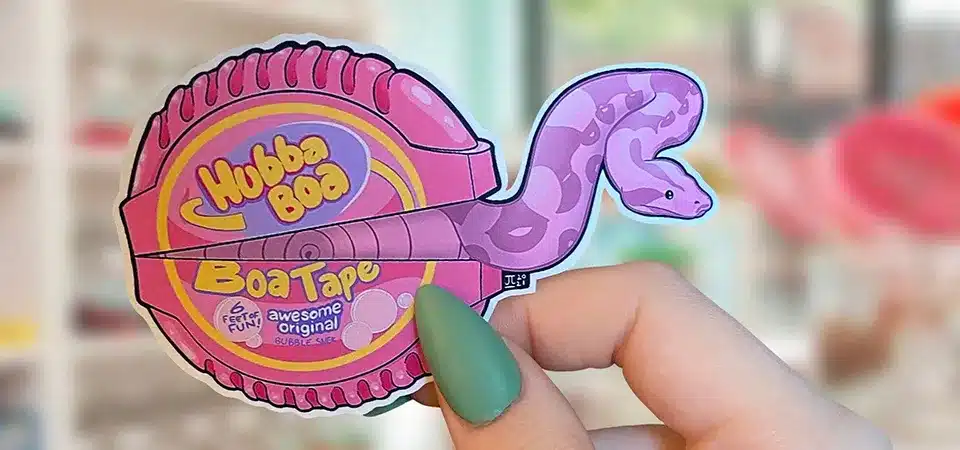
In my business, stickers are the ultimate workhorse. They are made to last. Think of a sticker as having three layers: the top layer you print on (face stock), the middle layer of glue (adhesive), and the bottom layer you peel off (release liner). The magic is in that adhesive layer. It's "pressure-sensitive," which just means that when you press it down, it creates a strong bond. We make stickers from all sorts of materials, but durable vinyl is the most popular choice for anything that needs to survive wear and tear. A landscaping client of mine uses our laminated vinyl stickers on all their heavy equipment. They sit out in the sun and rain for years and still look great. That’s the kind of performance a sticker is designed for.
Key Features of Stickers
- Strong Adhesive: They are meant to stay put.
- Versatile: Stick to almost any surface—paper, plastic, glass, metal, wood, and painted walls.
- Durable: When made from vinyl and laminated, they are waterproof, weatherproof, and resistant to fading.
- Permanent: Designed for a one-time application. Once it’s on, it’s not meant to be moved.
What Are Static Clings?
You need a temporary sign for a seasonal promotion in your store. You love the idea, but you absolutely do not want to scrape off sticky glue from your windows once the sale is over.
Static clings are thin vinyl sheets that stick to very smooth, non-porous surfaces using the power of static electricity, not glue. They are built for temporary use, are incredibly easy to reposition or remove, and leave absolutely no sticky residue behind.
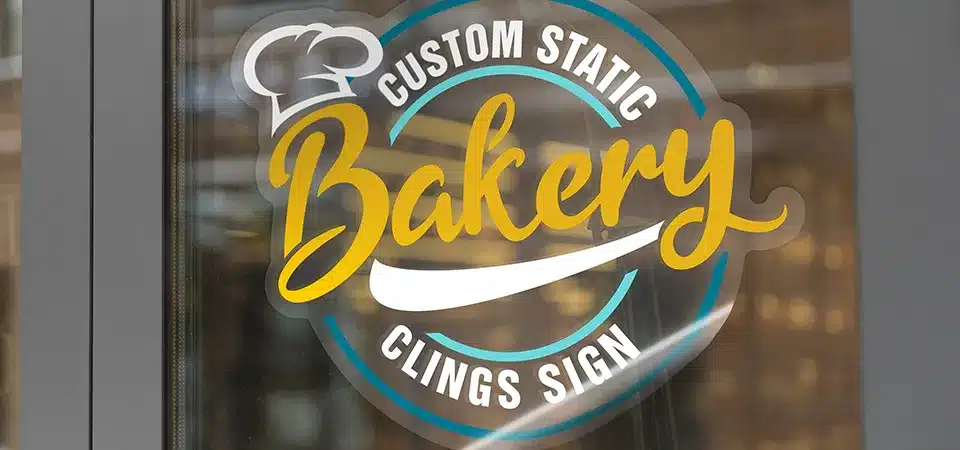
I like to think of static clings as magic. There’s no adhesive at all! The material is a very thin, flexible vinyl. When you press this ultra-smooth vinyl against another perfectly smooth surface like glass, it creates a bond using static charge. It’s similar to how two clean panes of glass can stick together. Because there’s no glue, they are the perfect solution for temporary displays. One of my favorite clients is a local coffee shop. Every season, we print them a new set of clings for their front door—pumpkins for fall, snowflakes for winter. At the end of the season, they just peel them off, stick them back on their original paper backing, and store them for next year. There’s no mess, and they can reuse them to save money.
Key Features of Static Clings
- Adhesive-Free: Stick using static electricity.
- Surface Specific: Only work on smooth, clean surfaces like glass, mirrors, and polished plastic.
- Residue-Free: Removal is clean and easy, with nothing left behind.
- Reusable: Can be removed, stored, and reapplied multiple times.
Spot the Difference: Static Clings vs. Stickers?
You're shopping online and see two graphics that look the same, but one is much cheaper. Choosing the wrong one could mean you get a product that ruins your surface or one that falls off in a day.
The most important differences are how they stick, how long they last, and if you can reuse them. Stickers use strong glue for a permanent bond on many surfaces. Clings use static for a temporary, reusable bond on smooth surfaces only.

To make it simple, I've created a quick comparison table. This is the exact breakdown I give my clients to help them see the key differences at a glance.
| Feature | Stickers | Static Clings |
|---|---|---|
| Adhesion Method | Pressure-sensitive adhesive (glue) | Static electricity (no glue) |
| Surface Compatibility | Very wide (wood, metal, plastic, glass, paper) | Very limited (glass, mirrors, polished plastic) |
| Durability | High (can be waterproof & weatherproof) | Low (for indoor use, not weatherproof) |
| Reusability | No (one-time application) | Yes (can be reused multiple times) |
| Removal | Permanent; can leave residue if removed poorly | Easy and clean; never leaves residue |
| Best For | Long-term branding, product labels, outdoor use | Short-term promotions, seasonal decor |
A big concern for my clients is always sticky residue. When sticky residue happens, it's almost always with stickers, not clings. It's usually the result of using a cheap sticker with a low-quality adhesive or from trying to rip an old sticker off a surface. High-quality vinyl stickers with a good adhesive usually come off cleanly. If you do have residue, a little bit of gentle heat from a hairdryer will soften the glue and help you peel it off without a mess. With a static cling, this is never an issue. They are guaranteed to be 100% residue-free, every time.
Where Do They Work Best?
You have an amazing design in mind but aren't sure where you can use it. Placing a static cling on a textured wall or a paper sticker on a car bumper will only lead to failure and wasted money.
Stickers are best for long-term applications on almost any surface, including product packaging, laptops, cars, and equipment. Static clings excel on smooth glass or plastic surfaces like shop windows, mirrors, and car windshields for temporary messages.
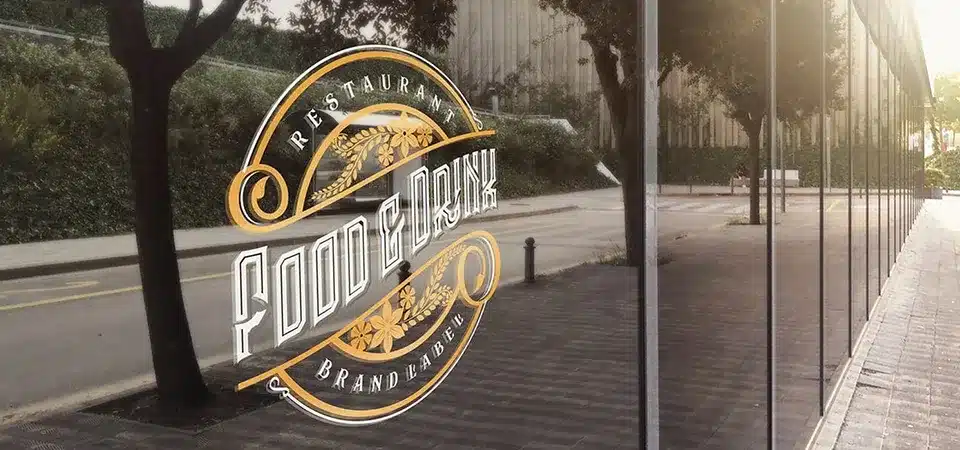
Choosing the right location is just as important as choosing the right material. You have to match the product to the job it's meant to do.
Best Uses for Stickers
Stickers are designed to be a permanent part of something. Their versatility is their greatest strength. I print stickers for just about everything you can imagine. We make them for small businesses to use as product labels on their coffee bags and candle jars. We print them for companies to use as branding on their fleet of vehicles. They are perfect for decorating personal items like laptops and water bottles. And because durable vinyl stickers are weatherproof, they are the only choice for outdoor use, like on equipment or as bumper stickers.
Best Uses for Static Clings
Static clings are the masters of temporary communication. Their home is on a clean, smooth, glassy surface. Think about retail store windows displaying a "25% Off" sale. Or the service reminder that a car dealership puts on the inside of your windshield. They are also perfect for branding on the glass doors of refrigerators and coolers in a grocery store or deli. And because they are so easy to remove, they're great as seasonal decorations for your home windows that even kids can help apply.
How do you choose between stickers and static clings?
You're ready to order but still feel a little hesitant. Making that final click is tough when your budget is on the line. Let's make this decision incredibly simple for you.
To choose correctly, just answer two questions. How long does it need to last? What surface will it go on? For long-term use or for any surface that isn't perfectly smooth, choose a sticker. For short-term use on glass, choose a static cling.

Whenever a new customer calls my shop and they're not sure what they need, I walk them through a very simple thought process. It cuts right through the confusion and points to the perfect product every time. Ask yourself these questions:
-
What surface am I putting this on? Is it a painted wall, a wooden sign, a cardboard box, or a piece of machinery? If the answer is anything other than perfectly smooth glass, a mirror, or polished plastic, you need a sticker. A static cling simply will not work.
-
How long do I need this to last? Is this for a weekend event, a month-long sale, or a holiday season? Or is this for branding that needs to last for years? For anything temporary (a few days to a few months), a static cling is a fantastic, cost-effective choice. For anything long-term, you need the durability of a sticker.
-
Do I want to use this again next year? If you want to peel it off, store it, and reapply it later, you absolutely need a static cling. Stickers are a one-time use product.
By answering these three questions, you'll know exactly what you need.
Conclusion
Choose stickers for a durable, long-term bond on any surface. Choose static clings for a temporary, reusable, and residue-free solution for smooth glass or plastic.



